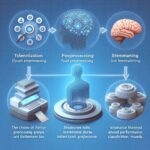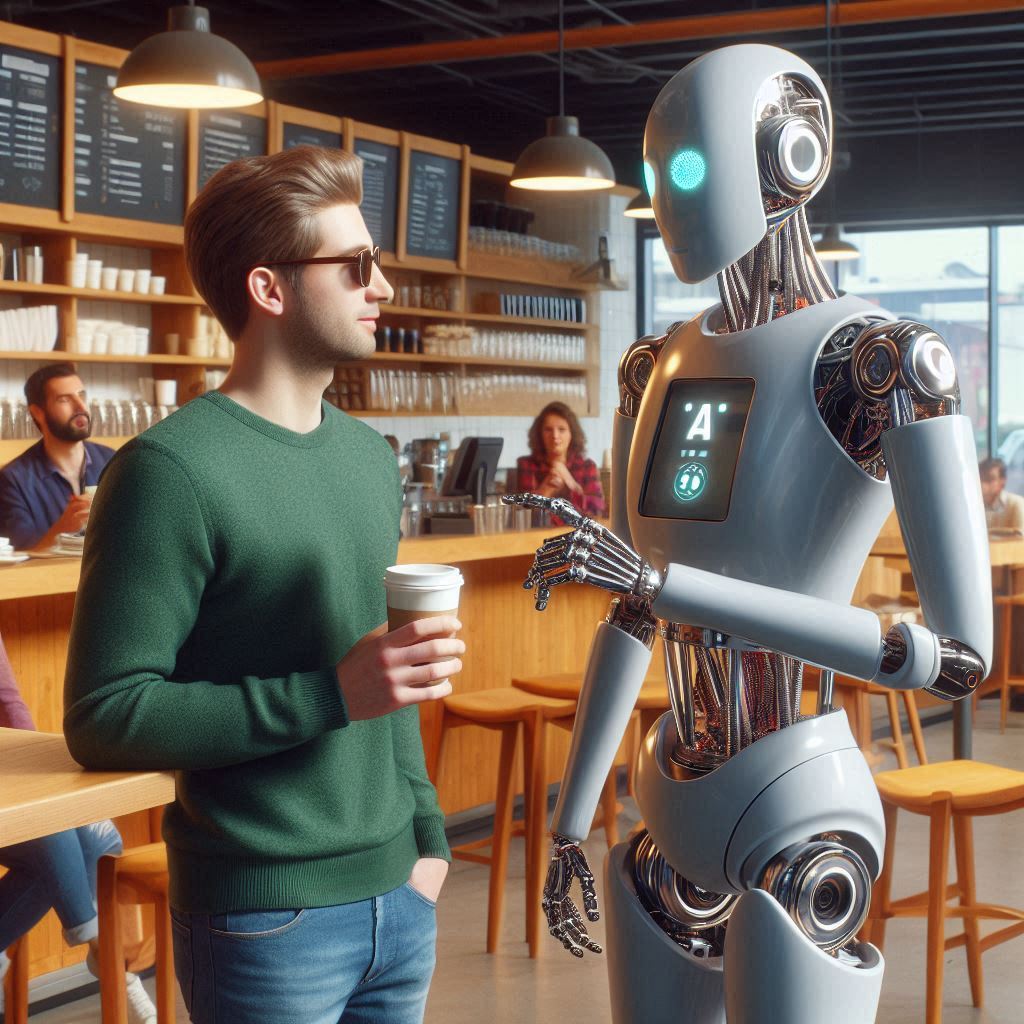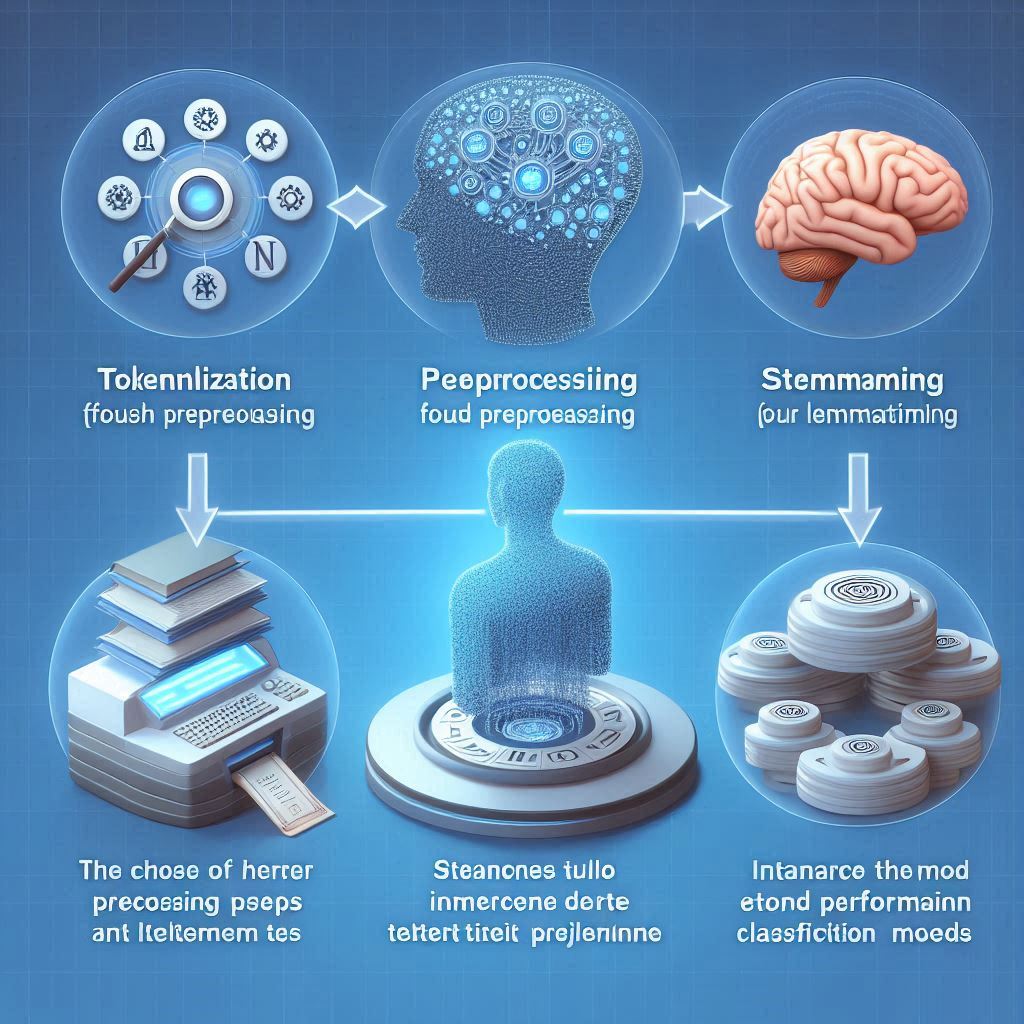Introduction
Artificial Intelligence (AI) has become a hot topic in recent years, with many businesses and organizations leveraging its capabilities to automate processes and improve decision-making. But what is AI, and how does it relate to supervised learning? In this article, we’ll explore the concept of supervised learning, how it works, and its applications in the world of AI. We’ll also discuss the challenges and future of supervised learning and AI.
What is Supervised Learning?
Supervised learning is a type of machine learning algorithm that uses labeled data to make predictions. It is a form of AI that uses labeled data to train a model to predict an outcome. The model is “supervised” by a human who provides the labels and feedback to improve the accuracy of the model. Supervised learning algorithms can be used to solve a variety of tasks, such as image recognition, natural language processing, and predicting stock prices.
What is Artificial Intelligence?
Artificial Intelligence (AI) is the ability of a computer or machine to simulate the cognitive functions of a human, such as learning, problem-solving, and decision-making. AI is used in a variety of applications, from robotics and autonomous vehicles to healthcare and finance. AI is also used to automate mundane tasks, such as scheduling meetings and responding to customer queries.
What is the Relationship Between AI & Supervised Learning?
Supervised learning is a type of AI that uses labeled data to train a model to make predictions. AI systems are trained with labeled data, which is used to teach the system how to recognize patterns and make decisions. AI systems can be trained to recognize patterns in images, detect anomalies in financial data, and respond to customer queries. The labeled data is used to train the model, which is then used to make predictions.
Examples of Supervised Learning
Supervised learning can be used for a variety of tasks, such as image recognition, natural language processing, and predicting stock prices. For example, supervised learning algorithms can be used to detect objects in images, recognize speech, and predict the stock market. Supervised learning can also be used to classify emails as spam or not, detect fraudulent credit card transactions, and recommend products to customers.
Advantages & Disadvantages of Supervised Learning
Supervised learning has a number of advantages, including the ability to make accurate predictions and the ability to use labeled data to train the model. However, there are also some disadvantages, such as the need for labeled data, the need for a large amount of data to train the model, and the need for human supervision.
The Supervised Learning Process
The supervised learning process consists of four steps: data collection, data preprocessing, model training, and model evaluation.
Data collection is the first step in the supervised learning process. This involves collecting labeled data that can be used to train the model.
Data preprocessing is the second step in the supervised learning process. This involves cleaning and transforming the data to make it suitable for training the model.
Model training is the third step in the supervised learning process. This involves using the labeled data to train the model to make predictions.
Model evaluation is the fourth step in the supervised learning process. This involves evaluating the performance of the model by measuring its accuracy and other metrics.
Training Data & Labels
The training data used in supervised learning is labeled data. Labeled data is data that has been labeled by a human to indicate the correct output for a given input. Labels are used to teach the model how to recognize patterns and make predictions.
Algorithms Used in Supervised Learning
Supervised learning algorithms are used to train the model to make predictions. Common supervised learning algorithms include decision trees, support vector machines, and neural networks.
Evaluating the Performance of Supervised Learning
The performance of supervised learning algorithms can be evaluated by measuring the accuracy of the predictions. Other metrics, such as precision, recall, and F1 score, can also be used to evaluate the performance of the model.
Applications of Supervised Learning
Supervised learning algorithms can be used for a variety of tasks, such as image recognition, natural language processing, and predicting stock prices. Supervised learning algorithms are also used in autonomous vehicles, facial recognition, and fraud detection.
Challenges of Supervised Learning
Supervised learning has a number of challenges, such as the need for labeled data, the need for a large amount of data to train the model, and the need for human supervision. Additionally, supervised learning algorithms can be prone to overfitting, which is when the model memorizes the training data instead of learning the underlying patterns.
Future of Supervised Learning & AI
The future of supervised learning and AI is bright. With the increasing availability of labeled data, supervised learning algorithms will become more accurate and powerful. Additionally, new algorithms and techniques, such as deep learning and reinforcement learning, will be used to further improve the accuracy and performance of supervised learning algorithms.
Artificial Intelligence: Supervised Learning Defined in Summary
In summary, supervised learning is a type of AI that uses labeled data to train a model to make predictions. Supervised learning algorithms can be used to solve a variety of tasks, such as image recognition, natural language processing, and predicting stock prices. The supervised learning process consists of four steps: data collection, data preprocessing, model training, and model evaluation. Supervised learning algorithms have a number of advantages, such as the ability to make accurate predictions, but there are also some disadvantages, such as the need for labeled data. Supervised learning algorithms are used in a variety of applications, from robotics and autonomous vehicles to healthcare and finance. The future of supervised learning and AI is bright, and new algorithms and techniques will be used to further improve the accuracy and performance of supervised learning algorithms.












